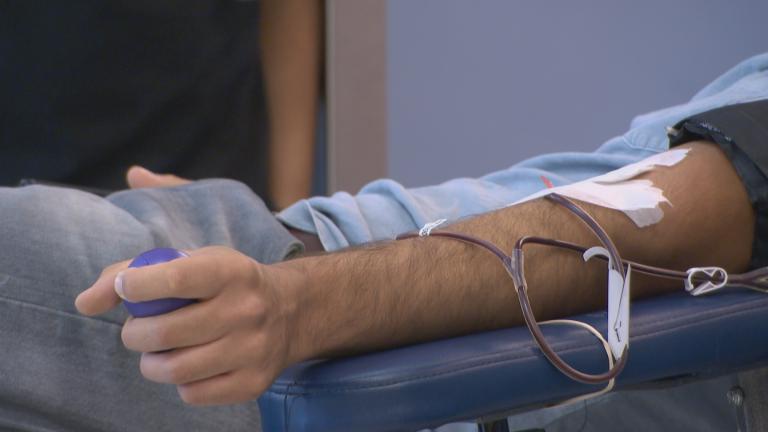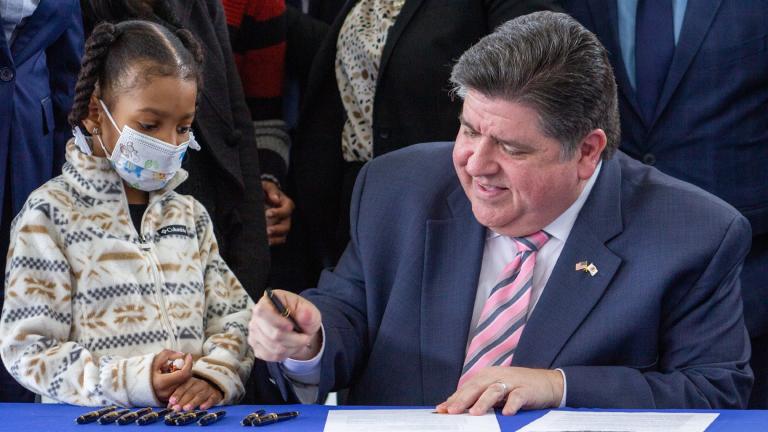Sickle cell disease affects about 5,000 people across Illinois — and it’s mostly impacting Black communities. While gene therapies have emerged to treat the disease, high costs can limit access.
sickle cell
About 5,000 Illinoisans live with sickle cell disease, a gene defect most common in Black people that causes red blood cells to be misshapen and die off early, resulting in chronic fatigue and pain.
Regulators on Friday approved two gene therapies for sickle cell disease that doctors hope can cure the painful, inherited blood disorder that afflicts mostly Black people in the U.S.
A promising new treatment for sickle cell anemia, developed by the National Institutes for Health and validated by a new study by the University of Illinois at Chicago, holds out the prospect of a cure for this chronic disease. Dr. Santosh Saraf, one of the co-authors of the UIC study, joins us to discuss these groundbreaking developments.





